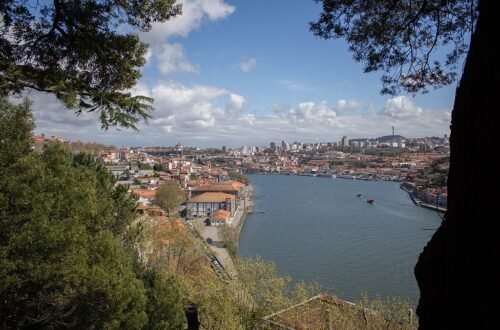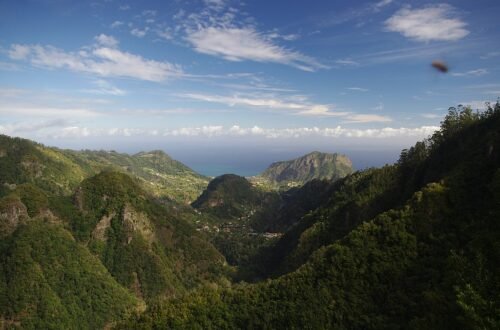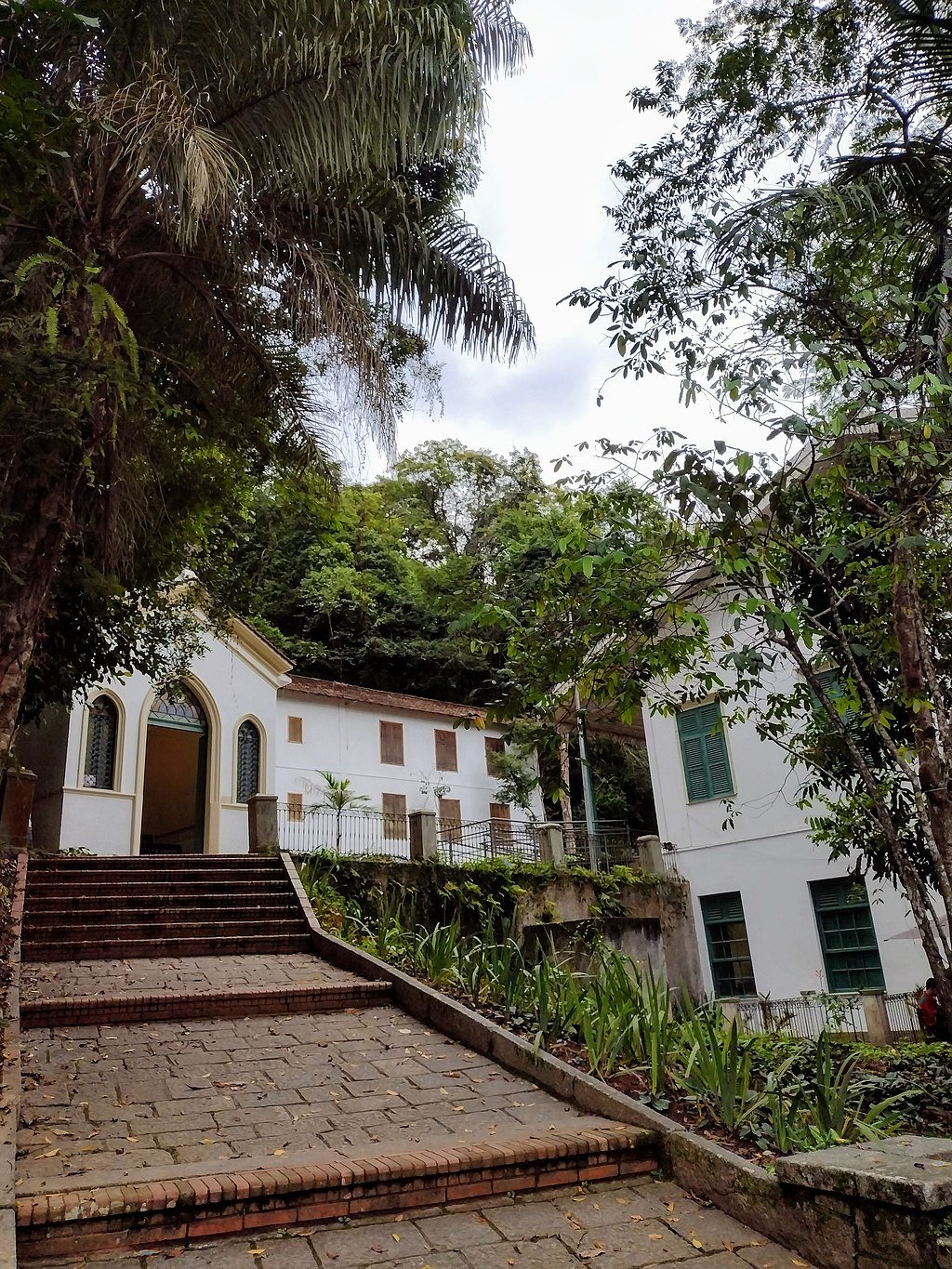
15 Things to Visit in Portugal
Portugal is a fantastic destination, especially if you enjoy anything maritime. Portugal is located along the Atlantic Ocean’s coast for 800 kilometres. Its capital city, Lisbon, which is located at the mouth of the magnificent River Tagus, is a blessing. The majority of the nation is made up of rolling stretches of the Mediterranean environment interspersed with rocky, picturesque terrain. Along with stunning coves, sleepy villages, and a vibrant cultural scene in Lisbon, this coastal city is home to some gorgeous beaches. You can also visit a number of islands off the coast of Portugal, including the tranquil and isolated Azores archipelago and Madeira, which is known as the Garden Isle because of its rich greenery. Portugal is certain to not let you down, and you’ll be shocked at how much you can fit into a trip to this compact yet fascinating country. The finest activities in Portugal are listed below:
- Visit the archaeological treasures in Evora
- Visit the Mosteiro dos Jeronimos
- Climb the Torre de Belem
- Go canoeing at Furnas Lake
- Take a train across the 25th of April Bridge
- Marvel at the Oceanario de Lisboa
- Visit Palacio Nacional de Sintra
- Marvel at the collections in the Museu Calouste Gulbenkian
- Climb the Torre de Clerigos
- Tour Bom Jesus do Monte
- Visit the Castelo de Sao Jorge
- Enjoy the Convento do Cristo
- Explore the Castelo de Guimaraes
- Sunbathe on Matosinhos Beach
- Visit the Universidade de Coimbra
Visit the archaeological treasures in Evora
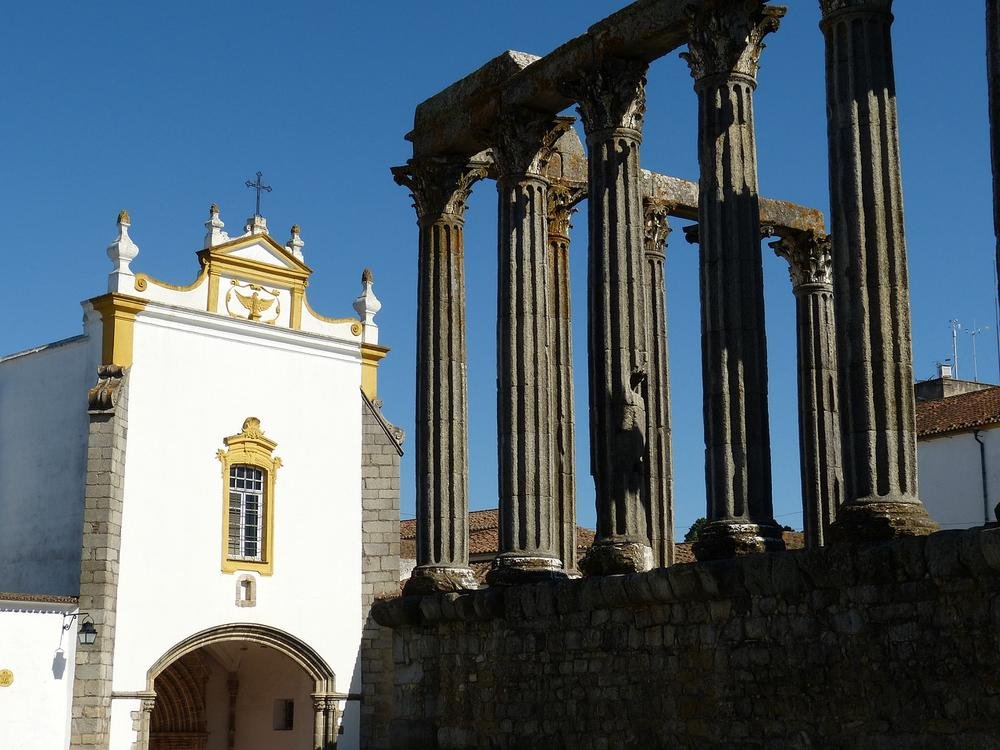
Evora, which is located in the Alentejo province and has a long Roman history, was founded by the Romans in 57 BC. As a result, there are remnants of a Roman temple that is assumed to have been constructed in this area between the second and third centuries. Evora was taken back by Christian forces after the Roman conquest, which explains the existence of the Se, a cathedral dedicated in 1204 and constructed in the Romanesque, Baroque, and Gothic styles. Recommended excursion: Megaliths and Évora Tour of a Full Day from Lisbon
Visit the Mosteiro dos Jeronimos
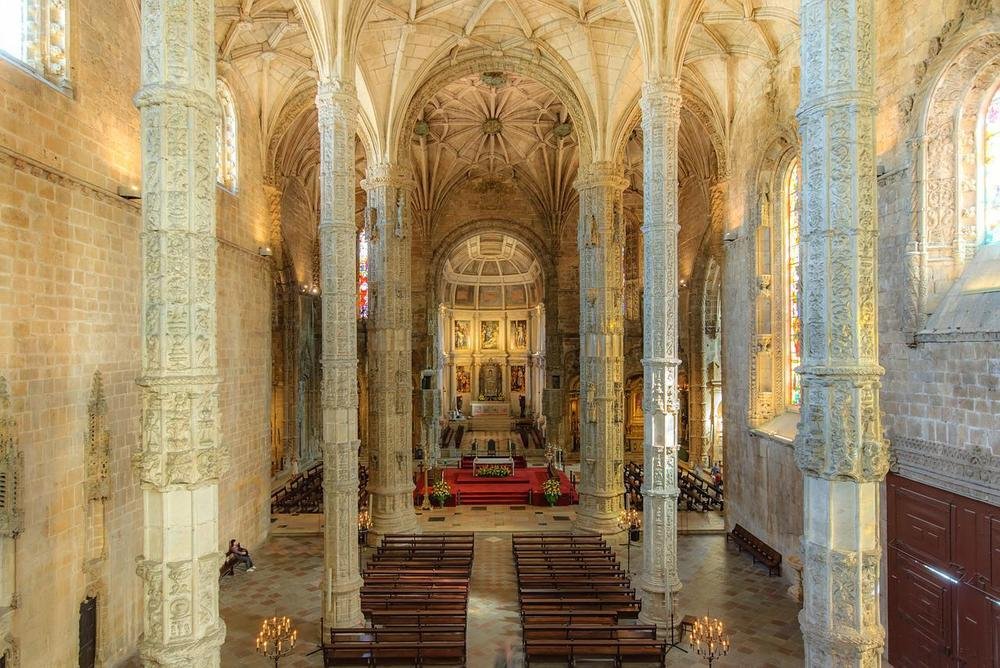
One of the most significant structures in all of Portugal is the Mosteiro dos Jeronimos, which is situated in Lisbon. The church and the adjoining monastery are built in the Manueline style and much of the interior is ornately decorated, particularly the section known as the South Portal. There are also graceful cloisters and you will also find monuments here such as the tomb of Vasco de Gama and the famous Portuguese poet Luis de Camoes. Skip-the-line: Entry Ticket for the Jerónimos Monastery
Climb the Torre de Belem
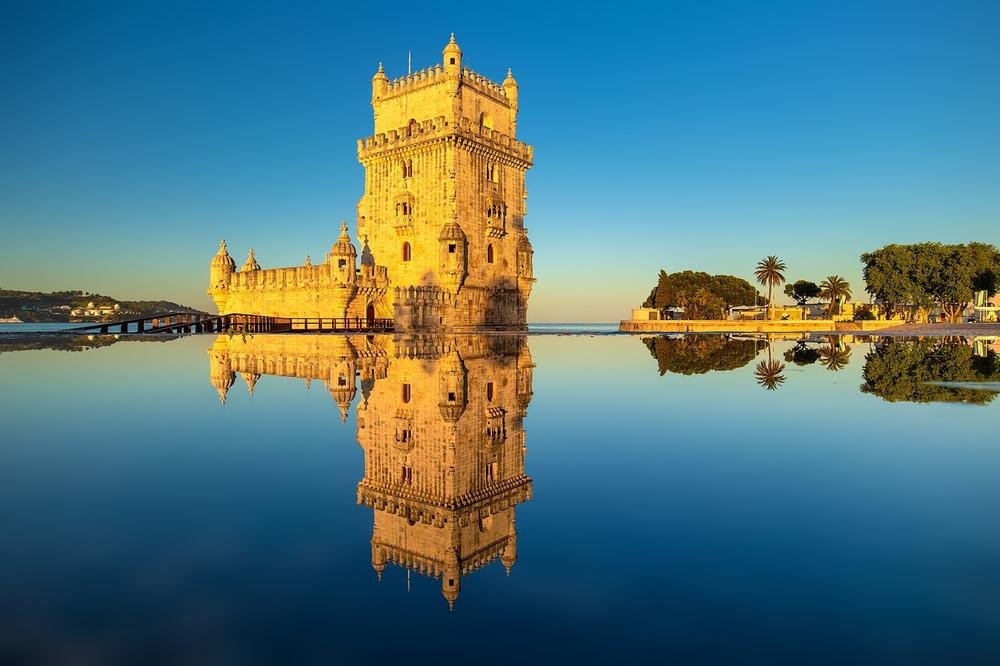
This famous tower, which was constructed in 1521 in Lisbon’s Belem neighbourhood, is a well-known landmark. The construction is regarded as a master class in fortress construction. The fortification’s purpose was to protect against an assault via the River Tagus. The tower has a charming exterior and was built in the Manueline style. Don’t forget to notice the nautical details, including ropes and an armillary sphere, engraved into the stone. You can learn everything you need to know about its splendour from the fact that it is a UNESCO World Heritage Site.
Go canoeing at Furnas Lake
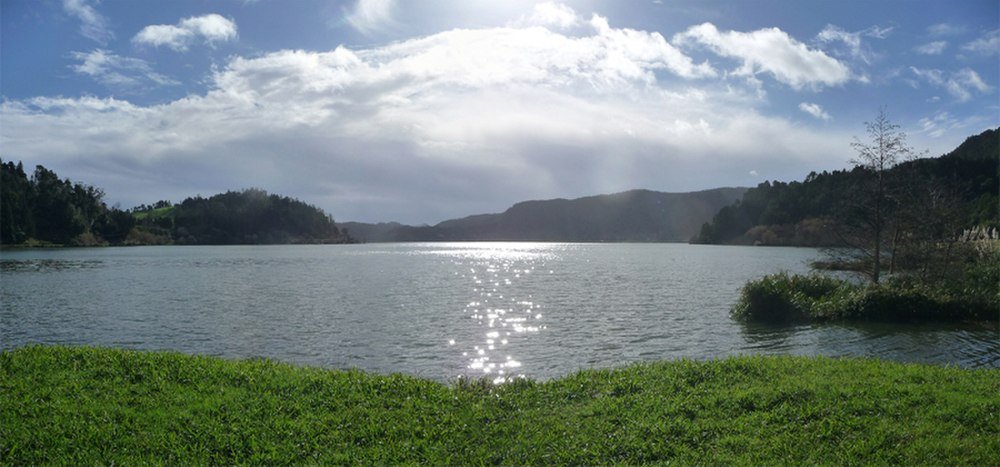
Furnas Lake, a Crater Lake with blue waters tinged with green that lies on hills covered in mud volcanoes and hot springs, is one of the best destinations in the Azores. If you like brooding volcanic landscapes then this is not to be missed and you can go hiking past the calderas or take to the waters and go canoeing which allows you to get up close to the amazing multi-hued waters.
Take a train across the 25th of April Bridge
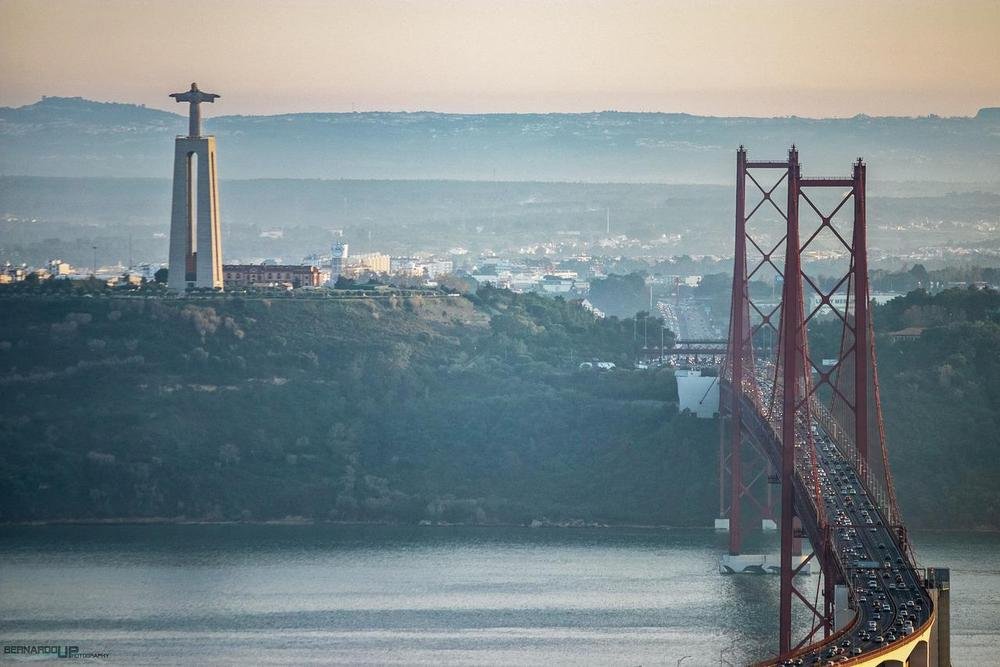
The greatest views of the city may be found from this substantial suspension bridge, one of Lisbon’s most well-known landmarks. There isn’t a pedestrian promenade like on some other suspension bridges, but you can drive or ride a train through and take in the view of the River Tagus sprawling underneath you. This is a fairly interesting place to see if you are in Lisbon because the bridge also boasts the largest span in all of Europe.
Marvel at the Oceanario de Lisboa
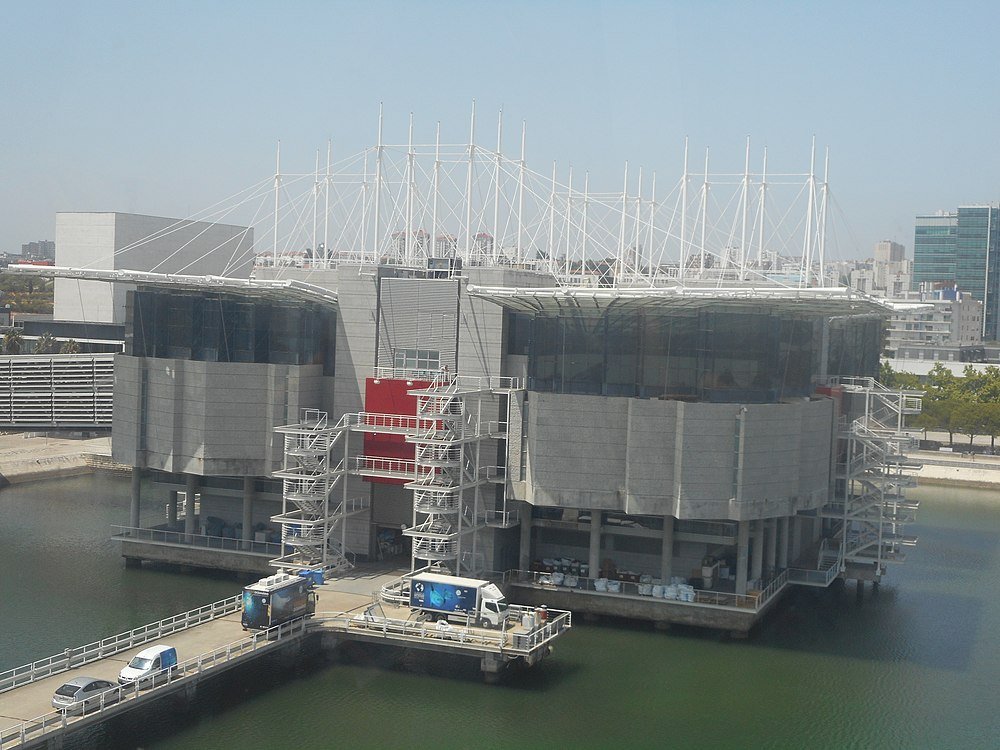
If you are travelling with kids, the oceanarium in Lisbon is one of the best locations to do in the city. It is devoted to educating the public about marine conservation. The aquarium is full of a variety of creatures and you will find four separate ecosystems that are divided geographically to represent the Antarctic, Atlantic, Pacific, and Indian oceans. Just some of the critters you will find here include sharks, rays, sea otters, and penguins. Online booking: Oceanarium Admission Ticket
Visit Palacio Nacional de Sintra
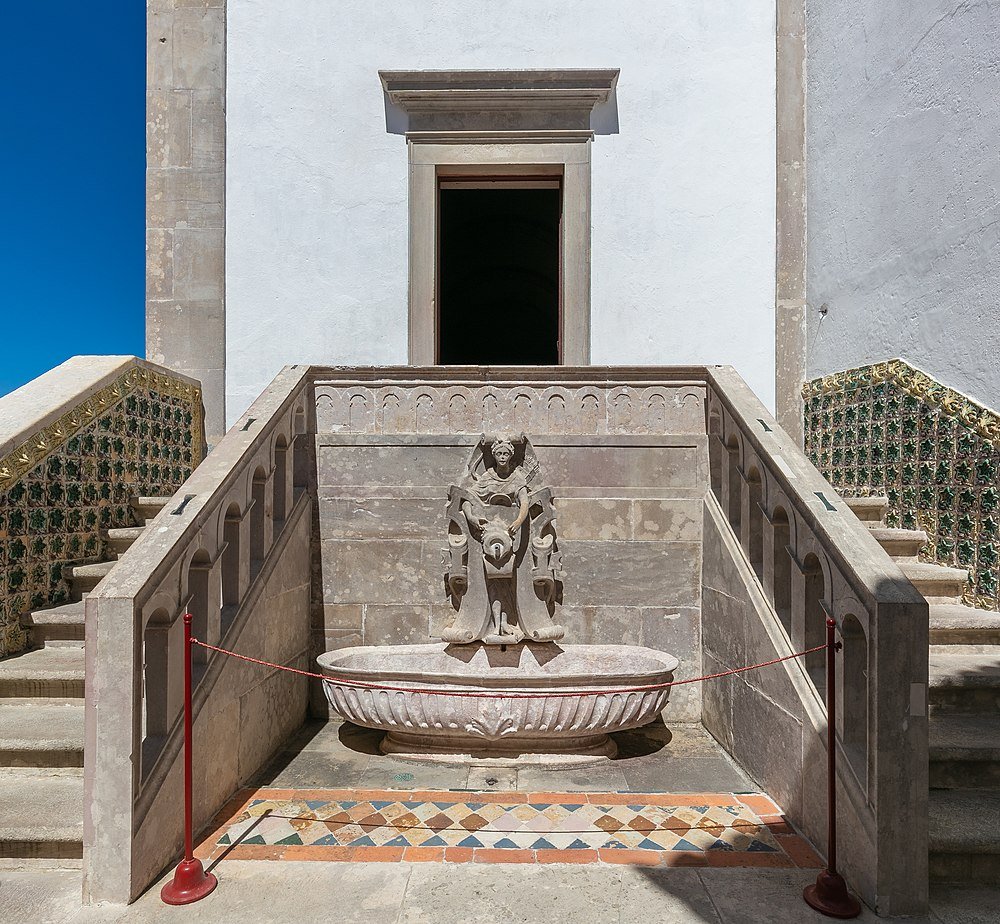
You will immediately recognize the National Palace of Sintra by the enormous spherical chimneys that protrude from the top, which is located on the picturesque centre plaza of the city. The palace, which belongs to the 14th century, is famous for being Portugal’s oldest palace to still remain in existence. The Sala dos Brasoes, the main hall with a sparkling dome over it, is one of the building’s distinguishing features. It is spread across multiple elaborately adorned floors, each of which has a unique theme. Don’t forget to look at the 72 shown coats of arms as well. Pena Palace, Sintra, Cabo do Roca, and Cascais Daytrip are suggested excursions
Marvel at the collections in the Museu Calouste Gulbenkian

The Museu Calouste Gulbenkian, one of Lisbon’s most well-known museums, houses 6,000 artefacts that once belonged to Armenian immigrant Calouste Sarkis Gulbenkian, who resided in Portugal and left the museum his art collection just before his passing. As a result, you may anticipate discovering an amazing collection that spans 4,000 years and includes works of Oriental, Classical, and European art. Roman medallions, Rembrandt and Turner paintings, as well as furniture that would have belonged to Louis XV and XVI, are a few famous items.
Climb the Torre de Clerigos
.jpg)
The Torre de Clerigos in Oporto is a famous building from the 18th century that soars 75 meters over the city and has a needle-like design. You will need to climb about 200 steps and have a head for heights if you want to reach the top. However, the trip is well worth it to enjoy the breathtaking views of Oporto and the magnificent River Douro that can be seen from the summit. Online booking: Ticket for Entrance to Torre dos Clerigos
Tour Bom Jesus do Monte
_01.jpg)
Bom Jesus do Monte, which is situated on a slope amidst dense forest, is thought to be the largest of all the religious structures in Portugal. It is located six kilometres outside of Braga and is still a popular destination for pilgrims from all across the nation. It consists of a magnificent staircase and the church of Bom Jesus. There are also a number of smaller chapels, fountains, and intricately carved biblical scenes located here. The 116-meter-long granite stairway that leads past the 14 Stations of the Cross is climbed by pilgrims in this location.
Visit the Castelo de Sao Jorge
.jpg)
The Castelo de Sao Jorge, which dominates the city skyline and overlooks the Baixa neighbourhood, is located on a hill in Lisbon. The fortress was likely initially constructed in the 12th century by King Afonso Henriques before undergoing numerous renovations. Now that a large portion of the castle is accessible to the public, you may stroll along the historic ramparts and admire the elaborate towers. One of these, called the Torre de Ulisses is fitted with a camera that projects pictures from the city onto the walls of the castle. Additionally, you may enjoy some of the city’s best views that reach all the way to the water.
Enjoy the Convento do Cristo
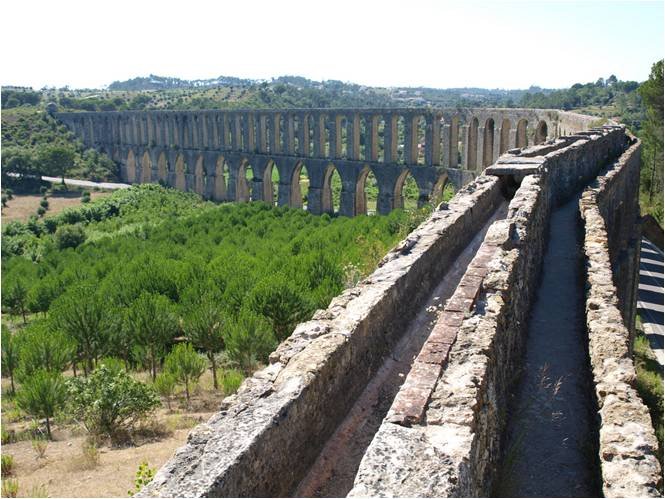
The Convento do Cristo is located in Tomar which is a pretty little town on the riverfront. You’ll see Masonic elements in the decoration here because it was built in 1160 and was utilized by the Order of the Knights of the Templar. The old church, known as the Charola, is located in the middle of the monastery and is decorated with images of Christ. Another signature area of the convent is the Manueline window which was designed by one of the most famous sculptors in Portugal.
Explore the Castelo de Guimaraes
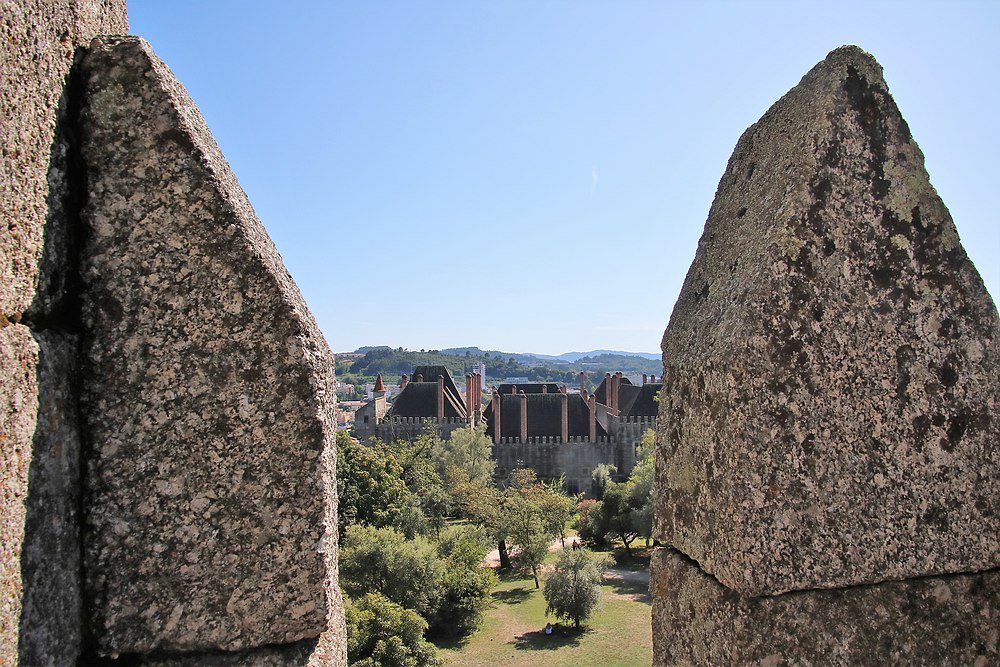
The claim to fame of Castelo de Guimaraes is that it was the birthplace of Dom Afonso Henriques, the first monarch of Portugal. Another UNESCO World Heritage Site in the nation, was formerly the capital of Portucale, the old name for Portugal. The castle was built in the tenth century and has undergone minor alterations over time. You may still visit the Torre de Menagem in the complex’s middle and witness the area in the Sao Miguel Chapel where Dom Afonso was baptized, even though much of the building is still as it would have been. Braga and Guimares in one day from Porto, full day with lunch
Sunbathe on Matosinhos Beach
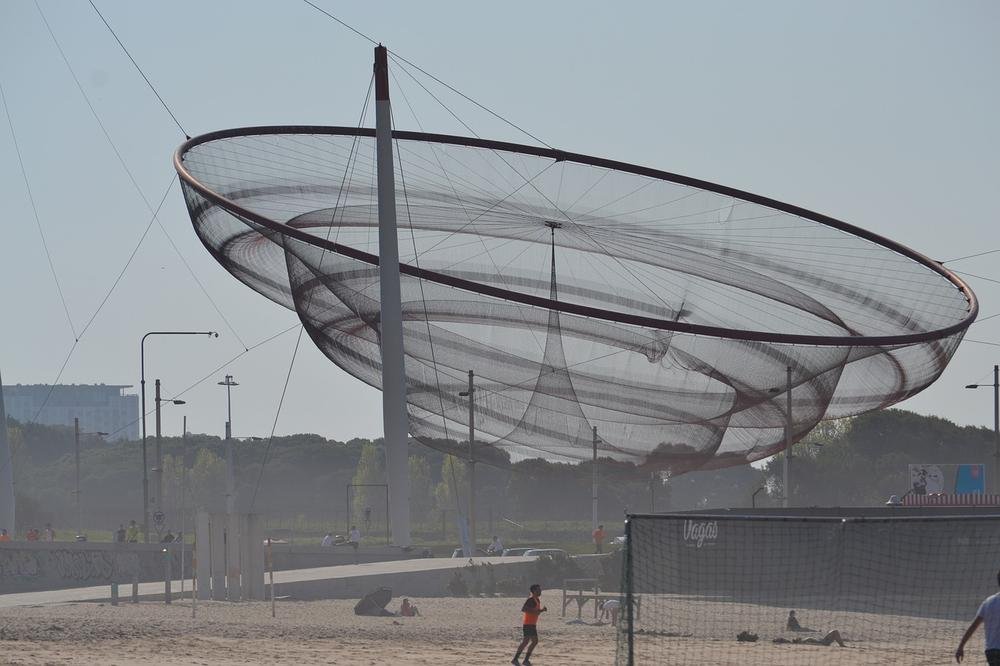
Matosinhos Beach sits to the north of Porto and is made up of a long strip of golden sand that is flanked by a promenade. Locals flock here, especially in the summer months, and you will find lifeguards on duty which means that this is a good choice for families with young children who can bathe here with peace of mind. Soccer and volleyball are two beach activities, and there are many chances for aquatic sports as well. Even surfing is possible here when the swell is strong.
Visit the Universidade de Coimbra
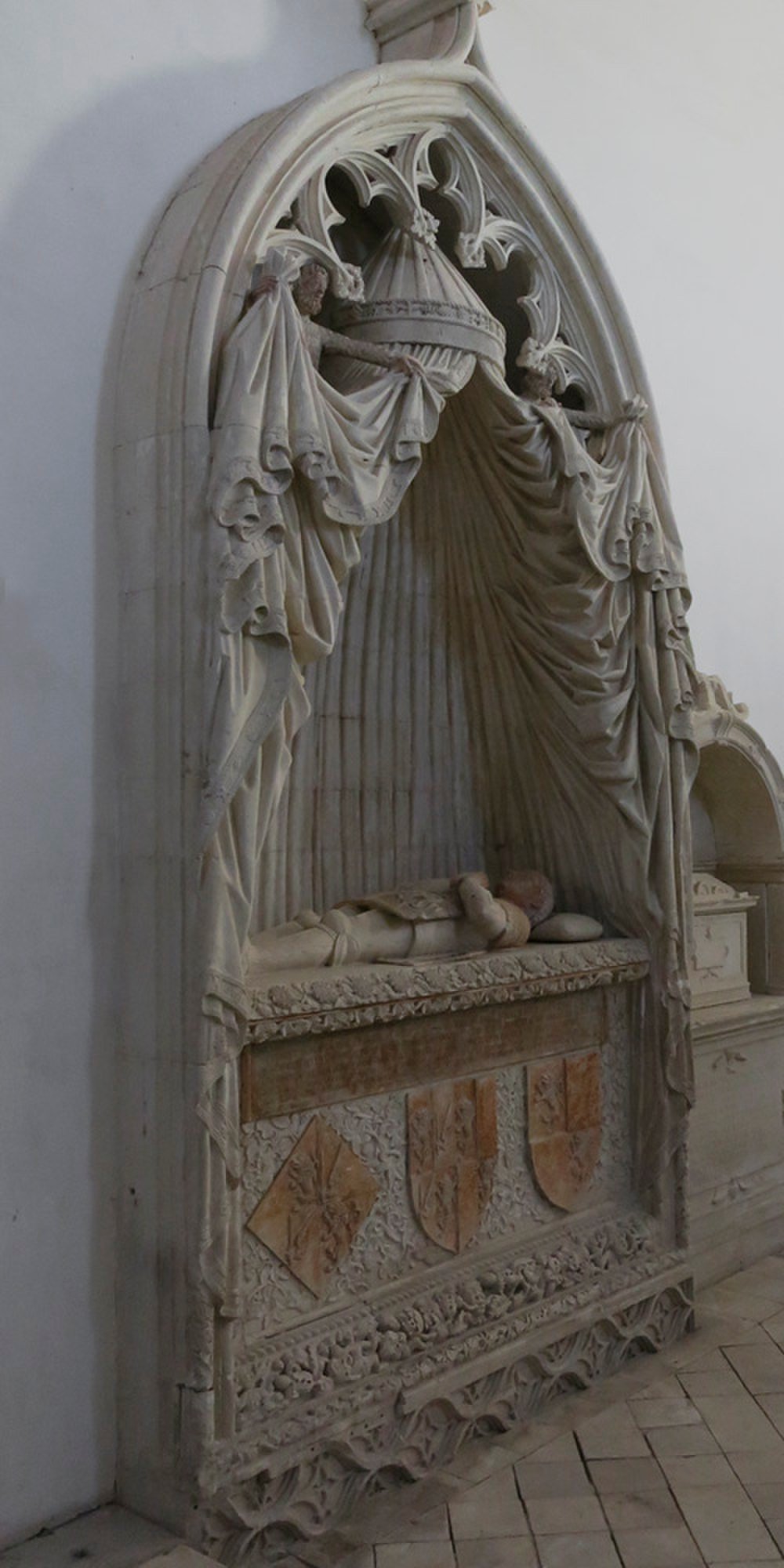
One of numerous in the nation, the University of Coimbra was founded in 1290 and is a UNESCO World Heritage Site. You can explore several areas of the structure, including the Paco das Ecolas, the main square, and the Alta and Sofia wings, which were a part of the royal home. Visitors shouldn’t overlook the Biblioteca Joanina, a stunning library constructed in 1717 and adorned in an opulent manner. Amazingly, you can even climb the 18th-century clock tower in this location.


